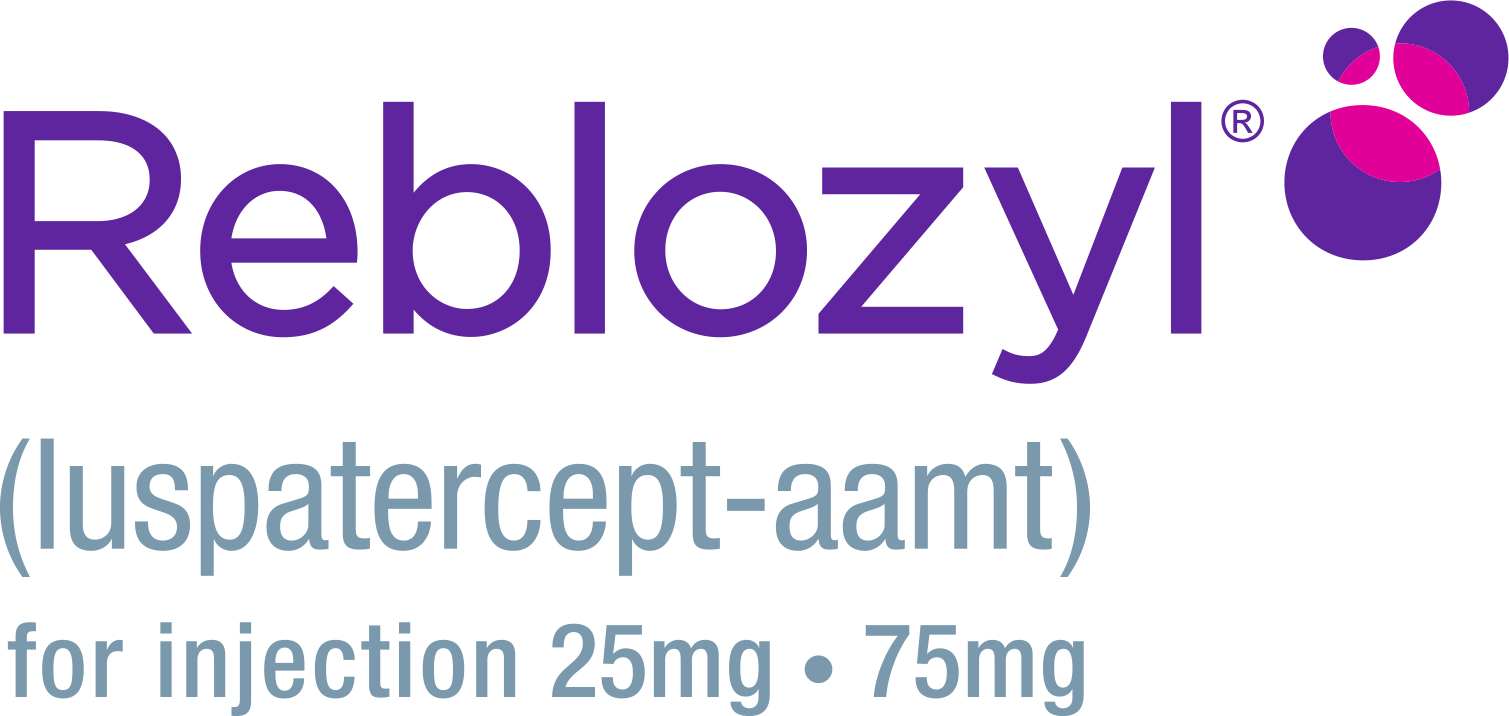How might my treatment journey start?
The watch-and-wait approach
This means working with your healthcare team to monitor your symptoms and bloodwork for any changes.
At the start of your journey, and possibly at other points along the way, you and your healthcare team may use the watch-and-wait approach.
What to know about watch-and-wait
- You can expect to occasionally meet with your healthcare team
- Track and share any new or changing symptoms with them to help your healthcare team know how this approach is working
- Receive blood testing a few times a year to help your healthcare team know if your MDS and your anemia are getting better, staying the same, or getting worse
- If your healthcare team thinks your MDS or anemia is getting worse, you'll work together to determine what can be treated and what your treatment options may be

What are some common MDS treatments?

Depending on your risk score and the severity of your symptoms, your healthcare team may suggest treatments to help manage your MDS.
Before using these treatments, your healthcare team must decide if they are right for you. These treatments are available if you are in the low- to very-high-risk score range.
Examples include:
A type of medicine that destroys cancer cells. It works by killing abnormal cells. It can also affect normal cells. There are many different types of chemotherapy drugs.
A type of medicine that fights cancer cells by using your immune system.
- Immunosuppressive therapy: A medicine that lowers your immune system response and stops it from attacking your bone marrow.
- Immunomodulator: A medicine that adjusts different parts of your immune system. This type of therapy boosts the immune system and also helps kill abnormal cells.
A process where you receive healthy blood stem cells from a donor to replace your abnormal cells.
What can I expect on my treatment journey?
As you start exploring treatment options for MDS and anemia, here are some questions you can ask your healthcare team to help you understand what to expect:
- How will MDS-related anemia affect my future?
- What might my symptoms mean?
- What are the pros and cons of each treatment?
- What are the common side effects of these treatments?
- How will we know if a treatment is working?
- How might my treatment change in the future?
- How might not getting treatment impact my symptoms?
- How often should I have appointments with you?
- Are there any other doctors I should see in addition to you?
You are your own best advocate. Don’t be afraid to speak up.



